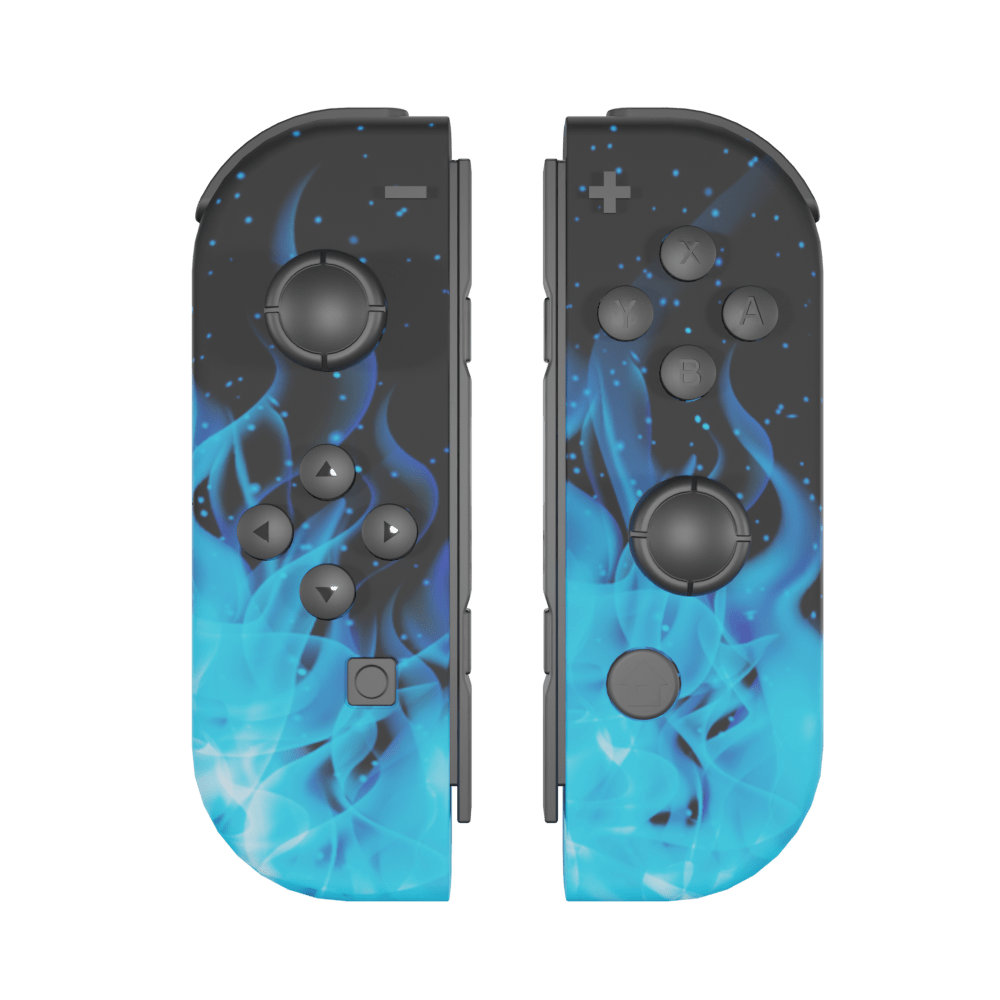How will VR impact the future of gaming?
Virtual Reality has been growing in popularity since becoming more well known within the last 10 years. It put a spin on the way that we game, players no longer have to sit at a computer or gaming console and play through a screen, there is now a new opportunity to fully immerse yourself into a gaming world, physically being able to walk around and interact with objects as if you were living in that virtual world.
With VR getting more and more popular, you may be wondering what the future holds for gaming, and what the future could bring?
That’s why in this blog, we dive into the impact Virtual Reality has had on our lives and determine what the future of virtual reality could be?
| Pros of VR: | Cons of VR: |
|
|
Although VR has become very popular within the last 10 years, it originated much earlier around the 40’s and 50’s. So before we look at the future of VR lets take a look at the history of how virtual reality came to be.
What is the history of VR reality?
1950’s - One of the first attempts of VR was in the 1950’s, when cinematographer Heilig developed the Sensorama, which was an arcade style movie cabinet that stimulated sight, taste, hearing and other senses. The device contained stereo speakers, 3D displays, fans, smell generators and a vibrating chair which made the user feel like they were fully immersed into the film they were watching.
1960’s – Although VR was experimented with heavily through the 10 years, in 1968, what was considered ‘First ever VR headset device’ was created called the Sword Of Damocles. It was the first VR/AR head mounted device connected to a computer and not a camera. The device was very heavy however and couldn’t be worn comfortably, it had to be suspended from the ceiling with the user also being strapped into the device.
1980’s – In 1989, NASA creating Project View, which was a VR sim used to train astronauts. VIEW looked very similar to a modern-day VR headset, and features gloves that improved the simulation of touch and touch interaction. From NASAs involvement, the development of VR began to quickly improve.
1990’s-2010 - After this, many large gaming companies started to create their own VR headset devices. In 1993, SEGA announced their VR glasses called SEGA VR, Nintendo created the Nintendo Virtual Boy in 1995 and in 2007, Google invented their iconic ‘Street View’. Despite the huge development and production of the VR headset only the Google Street View ended up being successful. As the SEGA and Nintendo VR both failed with the SEGA VR forever remaining as a prototype.
2014 – Arriving to the re-birth of VR, in 2014 Facebook bought Oculus and Sony announced their VR project. The growth of social media heavily influenced VR into development and people were interested to see where VR could go and how it could work within the world of gaming.
2013-2023 – Leading up to the last 10 years and VR has grown rapidly, VR reached its prime in 2017 with The Rift and HTC Vive becoming extremely popular VR, VR was added to mobile, meaning gamers didn’t have to buy a console to experience VR, the much more affordable mobile headset was created.
2023 – As of current time, major phone companies like Apple have been announcing their own VR releases. This year, Apple announced the Apple Vision Pro, being released early 2024, being described as the ‘era of spatial computing’ which will seamlessly blend digital content with the physical space.
Related blog: PSVR2 Vs HTC Vive Pro
How Virtual Reality Has Impacted Gaming:
VR has had many benefits within the gaming world within recent years, it has helped enhance the gaming experience, increasing realism within games and enhancing interactivity not only between the player and other characters, but also the player and the world they are exploring. VR gives players a better sense of presence, like they are actually in the game.
As well as this, VR can be considered important to the gaming world, its immersion can help gaming feel more intense when need be, but also realistic and natural when need be, providing better gaming experiences and engaging outcomes for players.
So now we’ve looked at the history of VR and how it is currently benefitting our gaming community, its time to see what the future could hold for Virtual Reality.
What is the future of VR in gaming industry?
One of our top predictions is that VR is going to begin focussing on multisensory within the next 10 years. Currently, most headsets only offer the sight and hearing senses, with some of the more recent headsets offering a touch sense. We believe that in the future, VR will move into the other senses, where we will be able to smell and possibly even taste the surroundings, we are in.
We also predict that the VR headset as a whole will become a lot more lightweight and invisible. Instead of being giant goggles with a head rest and straps, we believe the headset will become a lot smaller easy to wear, almost to the point where it won’t feel like players are wearing the VR headset at all.
Along with all this, as technology advances it is inevitable that the quality of the VR games will also improve. The field of view on the headsets will be much wider and realistic, along with the other senses including hearing.
Related blog: PSVR2 vs Meta Quest Pro
Custom Controllers' VR Headset Recommendations:
- HTC Vive Pro 2
- PlayStation VR2
- Meta Quest 2
Looking for more information on VR? Why not head on over to Stock Must Go where you can check out their blog on the Apple Vision Pro. Stock Must Go also has a wide variety of Virtual Reality products available, from headsets to accessories. Quickly! Check it out now!
Conclusion:
Now you are up to date on the past and future of the VR headset… why not check out the consoles we have available on our website, we have plenty available waiting for you!










Leave a comment
All comments are moderated before being published.
This site is protected by hCaptcha and the hCaptcha Privacy Policy and Terms of Service apply.